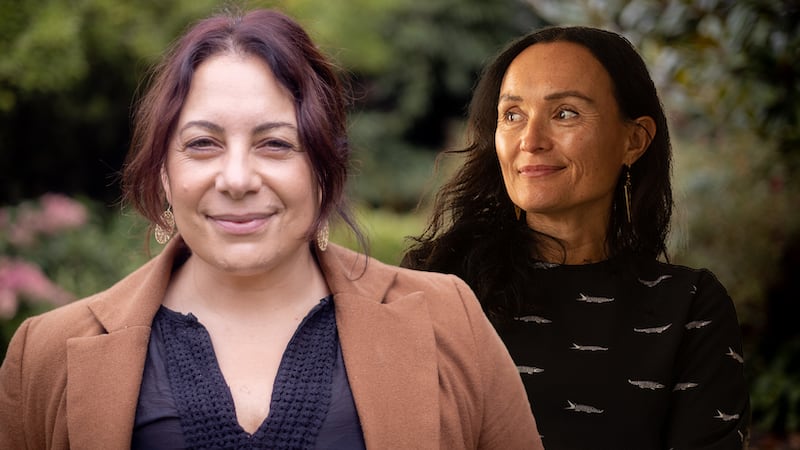Researchers from Auckland University, Massey University and Victoria University of Wellington have teamed up to install a pollen trap on the roof of Auckland Museum to be able to study pollen better.
“The last time New Zealand had a pollen trap was in 1988-89,″ University of Auckland opthalmology senior lecturer Dr Stuti Misra says.
Palynologist and Te Herenga Waka professor Dr Rewi Newnham was in that research team in 1988-89. “Pollen monitoring is important because there are so many unknowns in terms of allergic reactions in the community – asthma, hayfever, eye disorders,” he says.
“It (pollen) also potentially impacts our health, our sleep, and breathing,“ University of Auckland senior research fellow Dr Amy Chan says.
Increase over the years
Pollen allergies are a growing problem.
“In the past 10 years, asthma attacks have increased. We have conducted tests on eye allergies- they have increased as well,” Misra says.
“Māori are disproportionately affected in allergic response and there’s also research to show that tamariki generally are also affected more,” Newnham says, adding that mātauranga Māori could help understanding.
“As a Māori I know there will be important information passed down from our tīpuna about our plants but also about the timing of flowering. There’s so much information there that could extend our understanding of pollen seasons,” he says.
No pollen monitoring in Aotearoa
Aotearoa has not been doing enough, Newnham says. Pollen monitoring is close to non-existent. Countries in Europe are able to provide pollen count in the air by combining date from 600 pollen counting stations, and “we know Australia has seven pollen traps across the country,” Misra says.
“We need to change that because we desperately need to know what’s going on,” Newnham says.
“We can then work with our government, policymakers and MetService to provide this data to the New Zealand public,” Chan says.
One of the things Newnham would like Aotearoa to get to is pollen forecasting. That would enable people with allergies to make lifestyle choices based on the level of pollen in the air. “When New Zealanders travel to Europe or the US, or Japan, they can see the pollen forecast and how it is useful for the community.”
“Ultimately, that’s where we would like to be, but we are a long way off,” he says.


